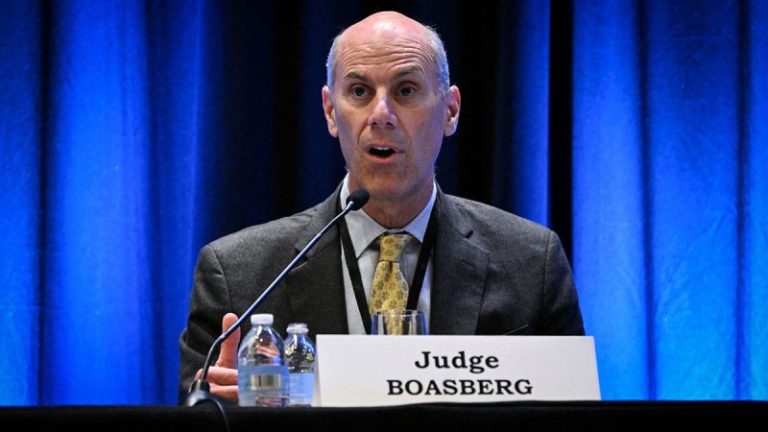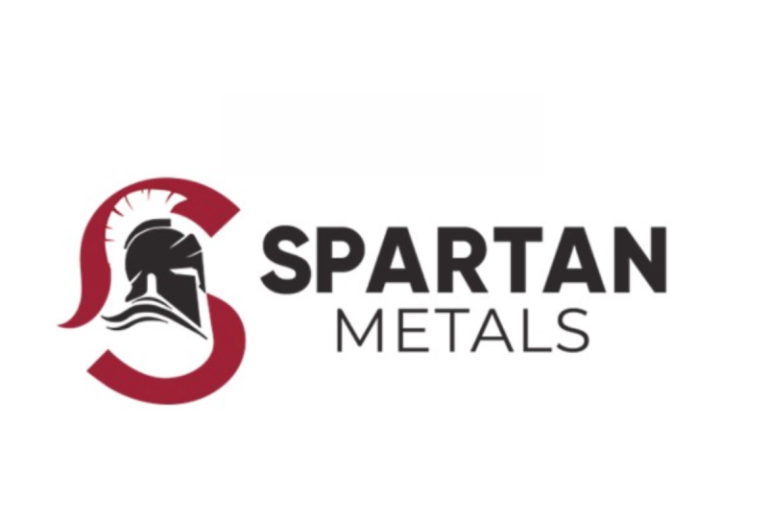House Republicans have released a 111-page plan for reforming healthcare that they hope to vote on next week.
House GOP leadership aides also told reporters on Friday afternoon that they expected a vote on extending enhanced Obamacare subsidies to also happen next week as part of the amendment process to the final bill, called the ‘Lower Health Care Premiums for All Americans Act.’ The subsidies have been the subject of fierce inter-party debate for Republicans.
‘We expect that there will be an amendment that I believe is being worked on, so the process will allow for that amendment,’ aides said.
The plan as-is includes provisions to codify association health plans, which allow small businesses and people who are self-employed to band together to purchase healthcare coverage plans, giving them access to greater bargaining power.
Republicans also plan to appropriate funding for cost-sharing reductions beginning in 2027, which are designed to lower out-of-pocket medical costs in the individual healthcare market. House GOP leadership aides said it would bring down the cost of premiums by 12%.
New transparency requirements for pharmacy benefit managers (PBMs) are also in the legislation, aimed at forcing PBMs to be more upfront about costs to employers.
PBMs are third parties that act as intermediaries between pharmaceutical companies and those responsible for insurance coverage, often responsible for administrative tasks and negotiating drug prices.
PBMs have also been the subject of bipartisan ire in Congress, with both Republicans and Democrats accusing them of being part of a broken system to inflate health costs.
But the most divisive measure for Republicans is likely not yet fleshed out.
A majority of House Republicans are against extending the enhanced Obamacare subsidies, which were designed to get affordable health insurance for more Americans during the COVID-19 pandemic.
Democrats voted to pass the enhanced subsidies in 2021 and extended them through 2022 when they controlled Congress.
A group of moderate House Republicans has joined Democrats now in vehemently pushing for those subsidies to be extended again, as millions of Americans face near-certain healthcare price hikes beginning in January.
Two separate bipartisan efforts have been launched to force a vote on extending the subsidies in some form. But any such push would require support from virtually all House Democrats to succeed, and their leaders have not given their blessing to either plan.
‘We’re going to evaluate every single good faith proposal. But it has to meaningfully provide certainty to the American people who are at risk of having their health care ripped away from them,’ House Minority Leader Hakeem Jeffries, D-N.Y., told reporters on Friday.
But conservatives have warned they would not support any such extension unless paired with significant reforms to what they view as a long-broken system that fuels healthcare price inflation.
‘I think that would be a disastrous plan. I mean, we’ve clearly seen that Obamacare is the Titanic. It’s going down. I think throwing money after it is just going to be wasteful,’ House Freedom Caucus member Rep. Eric Burlison, R-Mo., told Fox News’ Chad Pergram on Friday.










